In the city of Troppau (today it is Opava), in the Czech Republic, in 1910, a girl, Frederika Victoria Gessner, was born. She was the daughter of a successful Austrian manufacturer and only later did the whole world recognize her under the name Joy. 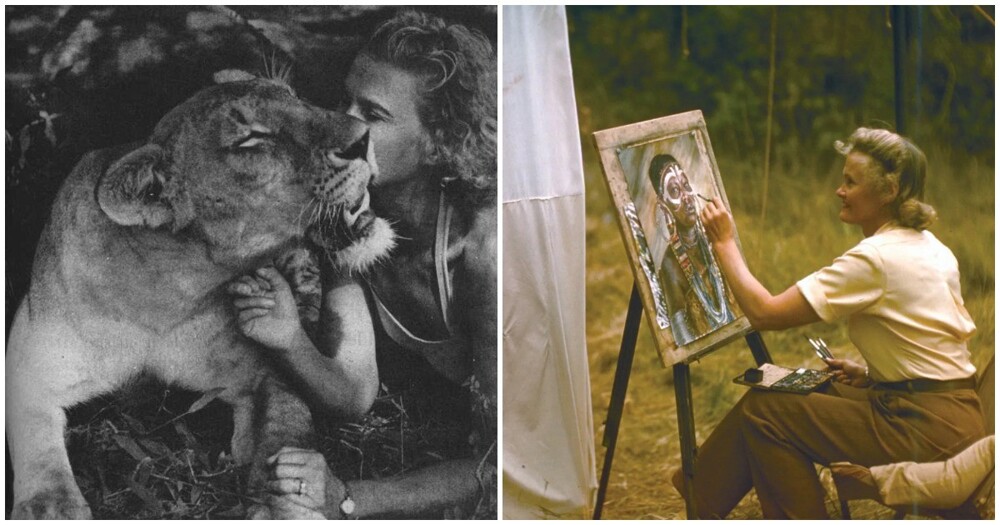
Since childhood, she was in love with lions and when, as a little girl, she played lion hunting, she always chose the role of a big and strong cat. But where was little Frederica, and where were the lions? Having played enough, the girl came home, where classes in needlework, piano, horse riding and painting awaited her. The usual set of a decent girl from a good family. And when Frederica grew up, she became extremely interested in psychoanalysis, writing several articles on this topic, which even Freud himself noted.
Frederica loved to compare the behavior of animals and people and often came to the Vienna Zoo. There she met an interesting young man, with whom she had quite a lot in common. Victor von Klarwil owned a trading company, and chose ornithology as a hobby. The couple of lovers quickly got married and began to travel around the world to watch different animals. In 1937 they came to Kenya - a Mecca for keen naturalists. Antelopes, elephants and, of course, lions were here at almost every step. But Clarville was not inspired by Kenya as much as Frederica - she fell in love with her completely and irrevocably. 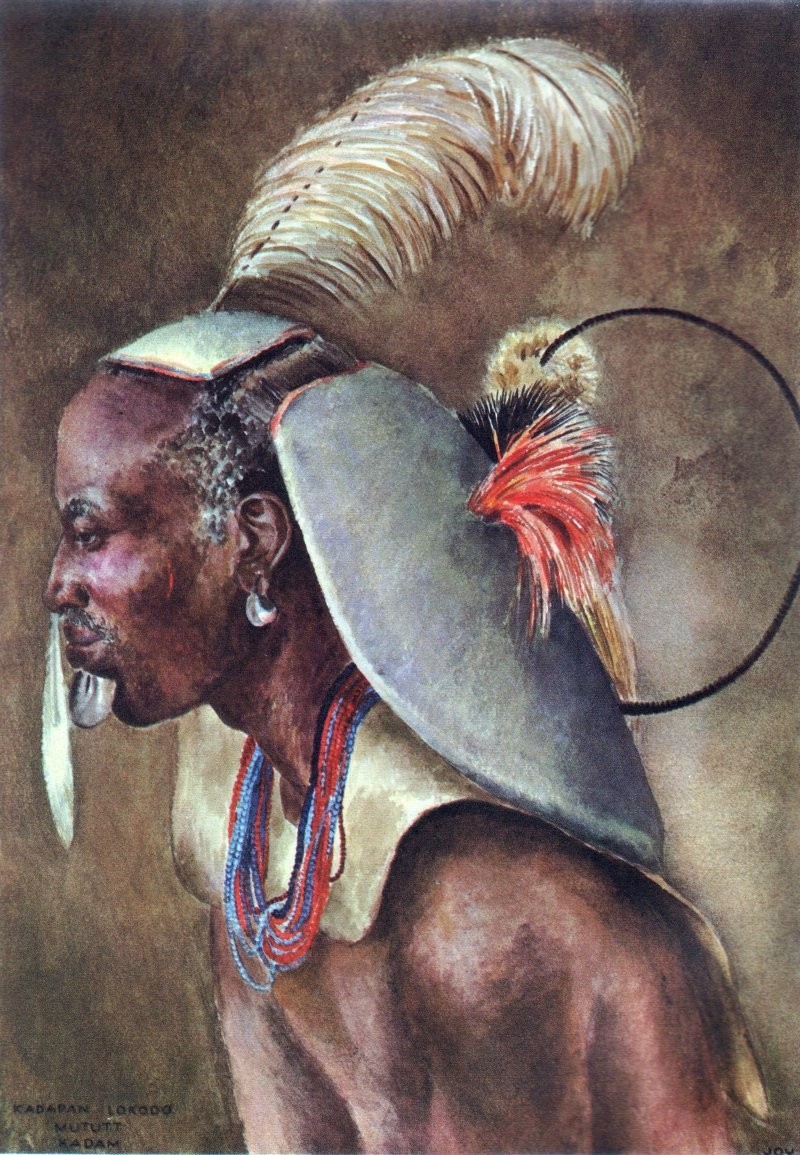
Drawing by Joy Adamson
It was at that moment that the soldiers of the Third Reich occupied Austria and Victor, being a Jew by nationality, at one moment lost both his capital and his homeland. Of course, this plunged him into apathy - he simply sat in his hotel room for days, and then weeks, staring at the wall. He considered Africa his prison. Frederica supported her husband as best she could, but was too active. Their misunderstanding grew, the crack between them grew, and this led to the fact that Frederica began to communicate with someone who shared her interests. British botanist Peter Bailey constantly traveled around Kenya, collecting all available plant specimens for a museum located in Nairobi.
Frederica kept him company and along the way she sketched everything she saw - animals, local residents, animals. The girl’s works took pride of place in museums and she received a gold medal from the Royal Society of Plant Cultivation. At the same time, Frederica took part in archaeological excavations. They were led by Louis Leakey and it was during these excavations that Australopithecus was discovered.
Joint trips undoubtedly brought Frederica and Peter closer together, and Clarville, absolutely indifferent to everything that was happening, calmly gave his wife a divorce. 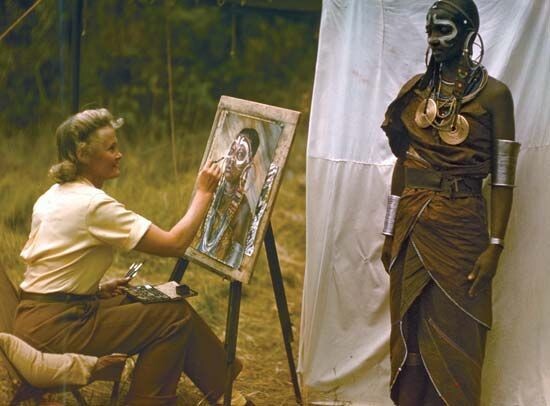

Peter gave his beloved not only a surname, but also the name Joy (from English - joy). The couple was happy, but, unfortunately, not for long. In 1944, in one of the reserves, she met George Adamson, a handsome forester, courageous and deeply in love with Africa. She noticed Adamson had a gun and asked if he hunted lions. The man replied: “Only the cannibals. I have peace with the rest.”
The answer captivated Joy and within a couple of months she became Mrs. Adamson.
In winter 1956, Adamson, who was then working as a forester in the Meru Nature Reserve, was given the order to kill a lion that was not allowing several villages to live in peace. While he was tracking the lion, he accidentally stumbled upon the den of the mother lioness, who furiously rushed at him to protect her offspring. George simply had no other choice - he killed the lioness, and took the three little lion cubs with him so that they would not die. Two were sent to a Dutch zoo, but Joy could not part with Elsa.
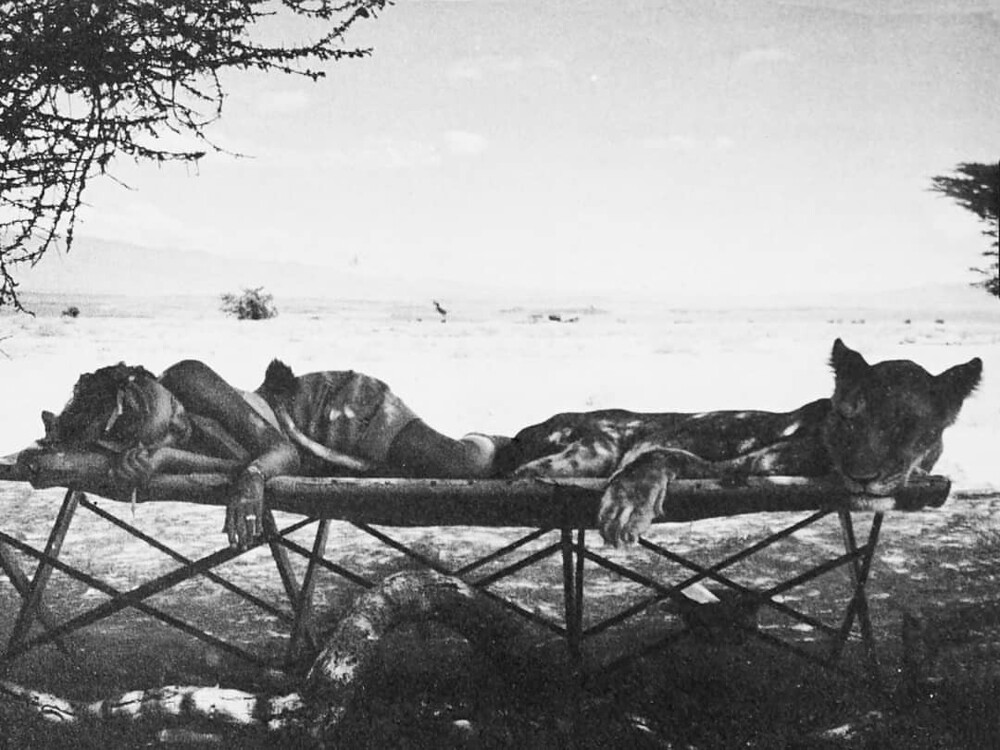
George at first thought that this was just a temporary hobby for Joy. But she wanted to raise the lioness as a friend to man, and if Joy wanted something, it was easier to accept it.
It is worth understanding that these cats then lived with many planters in Kenya, but always in pens/cages and they were perceived not as a living creature, but as a trophy. And Elsa Adamsonov lived like a member of the family, she walked with them, slept with them and ate with them too. The young lioness quickly learned one strict rule: you cannot touch people. And if the residents of the town where the Adamsons lived, at first ran away in horror when George arrived there in a jeep in the company of Elsa, then they got used to it and fell in love with the unusual pet.

Joy and Elsa
Joy was restless. She was excitedIt is truly painful to watch how poachers are expanding their area of activity every year, mercilessly shooting wild animals. Many saw only one way to preserve rare species of animals - zoos, where they would sit in dull cages, completely dependent on people.
The woman suggested another option: while the animals are small, raise them in zoos, or better yet, nature reserves, but then return them to the wild. To the objection that a tame animal, lacking skills, could never take root among the wild, Adamson decided to prove the opposite.
Elsa was three years old when George and Joy began to accustom her to living in the wild.
Each time they took her further and further into the forests and if they saw wounded animals, they set Elsa on them in order to awaken and develop her instincts. Elsa returned to Joy and George many times, but when she met a young lion, she went to live with him. True, a year later she came to her adoptive parents with three lion cubs. They also had to be educated.
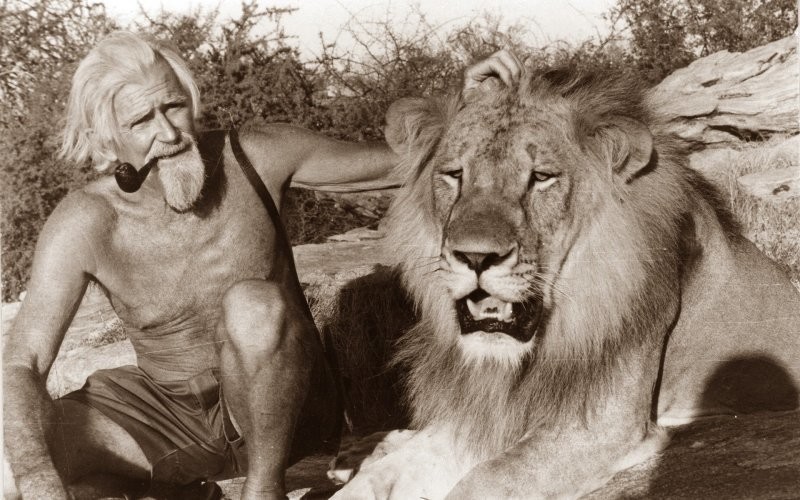
George Adamson
George at that moment had already ceased his activities as a forester and devoted himself entirely to the study, education and raising of lions. He was a modest man, did not want any publicity, and simply drove the local newspaper journalist out of his camp. But Joy understood perfectly well that without public support, their idea could fail. It was precisely this that she began to achieve, giving interviews, publishing articles, and in 1960 her book “Born Free” was published. The book was translated into 28 languages and became a real bestseller. In 1964, a film was made based on the book, which, of course, gave an even greater wave of popularity to the Adamson case. She began to travel around the world and opened the Elsa Foundation. The money raised through the foundation, trips, and book sales were to go towards Joy's lifelong goal - saving wild animals.

Joy and Pippa
While Joy was traveling thousands of kilometers, things were not so good in Kenya.
Elsa became seriously ill and died, and her grown-up lion cubs began to look for food and attack farm livestock. They were caught, taken to the Serengeti nature reserve and disappeared there. George took into his care the lion cubs who starred in Born Free - they were orphans. Joy treated her new pets well, but her heart forever belonged to her beloved Elsa.
In 1964, a British officer asked a family to adopt a female cheetah that had been raised in his home. The cat was named Pippa and she could not imagine life outside the human world. And the Adamsons again followed the path that they had walked with Elsa - she was gradually accustomed to nature and released.
Then they occasionally met with a cheetah, but one day, while hunting, she was seriously injured and died. The Adamsons had to raise her kittens.
Joy, by that time, had released her second bestseller, The Spotted Sphinx.
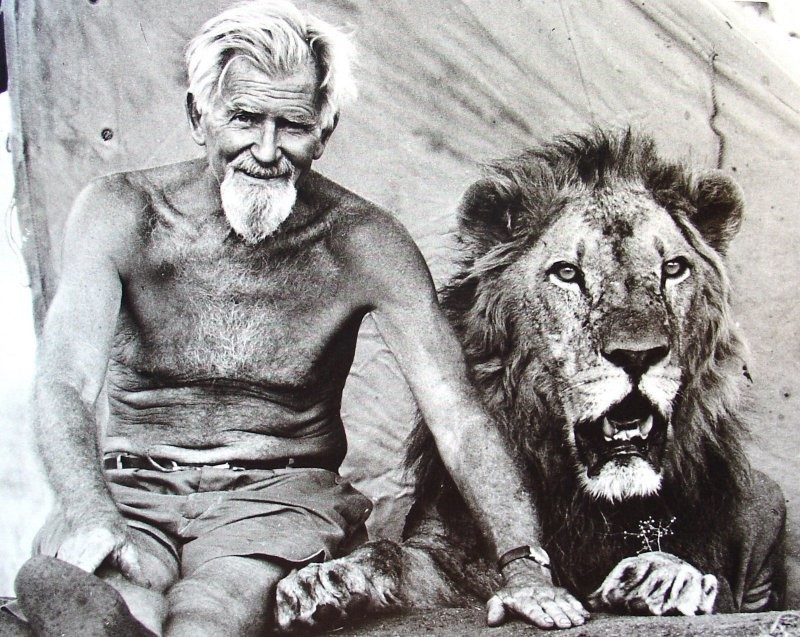
Life was not very good for the lions and cheetahs, and George had to build two separate camps for them, twenty kilometers apart. And the relationship between the spouses began to gradually grow colder: George, not understanding Joy’s trip, accused her of self-promotion and of not asking him when she included her husband’s diaries in her book. Joy responded that George put lions above her and accused her husband of selfishness.
The peak of the crisis came when one of the young lions injured the son of a forester. George argued that the boy was the first to tease and provoke the animal, and the other predators, who were already ten years old, never laid a paw on a person. But the authorities were inexorable and ordered Adamson to take his charges and move to the desert Kora, located in northeastern Kenya.
He left for Cora with his brother and several assistants in 1970.
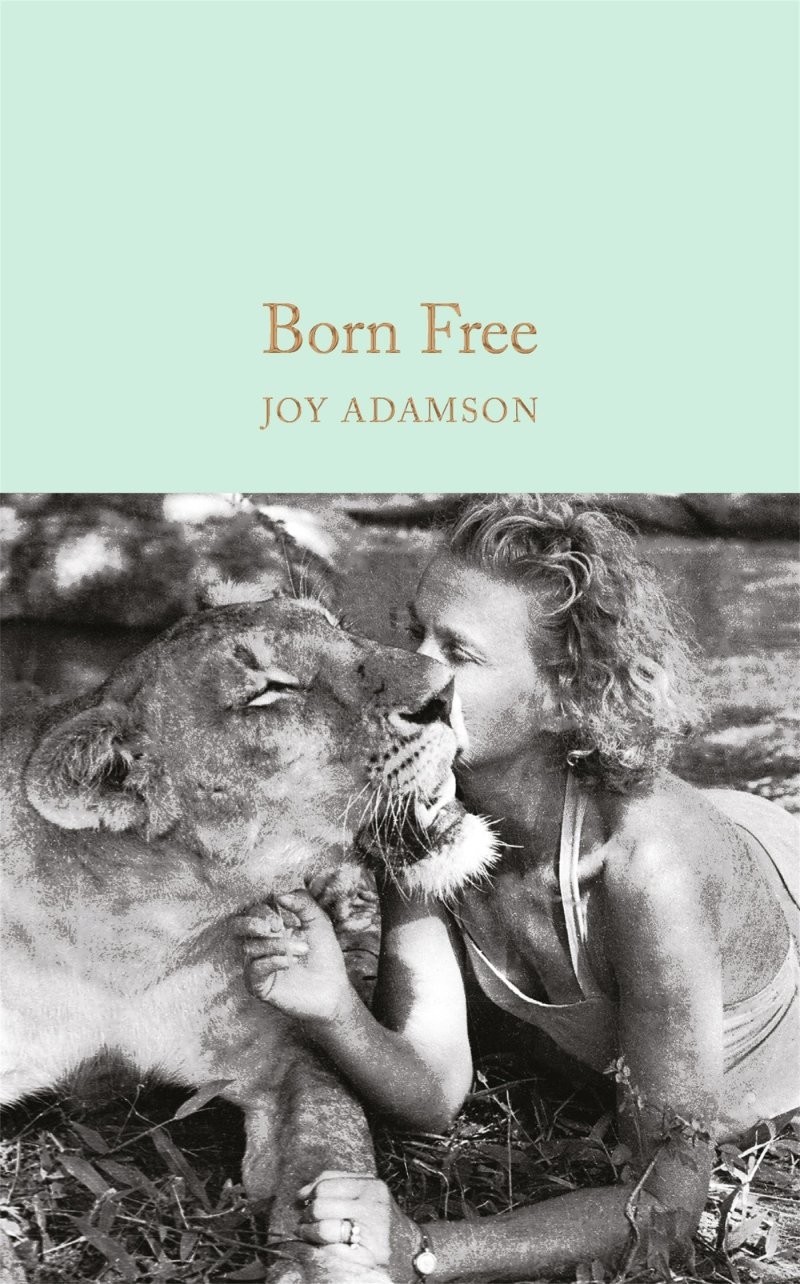
But Joy refused to go with him. Almost all the time she was on the road, giving lectures and collecting money for the Elsa Fund. But George, barely able to feed himself in Kenya, did not see a dollar. All the money went to organizing nature reserves. In Kenya alone there were four of them. Joy released another of her books - her autobiography "Wild Heart".
And everything ended.
On January 3, 1980, Joy Adamson died. At first it was said that she was killed by angry poachers, but it soon became clear that the killer was 22-year-old Paul Ekai. Her servant. He inflicted many blows on the now middle-aged woman with a machete and made an unconvincing excuse that Adamson had not paid him what he earned. The court sentput him behind bars for the rest of his life.
Adamson, having forgotten all the troubles, buried Joy with honor: she bequeathed to cremate her body and scatter the ashes over the graves of her favorites - Elsa and Pippa. That's what George did.
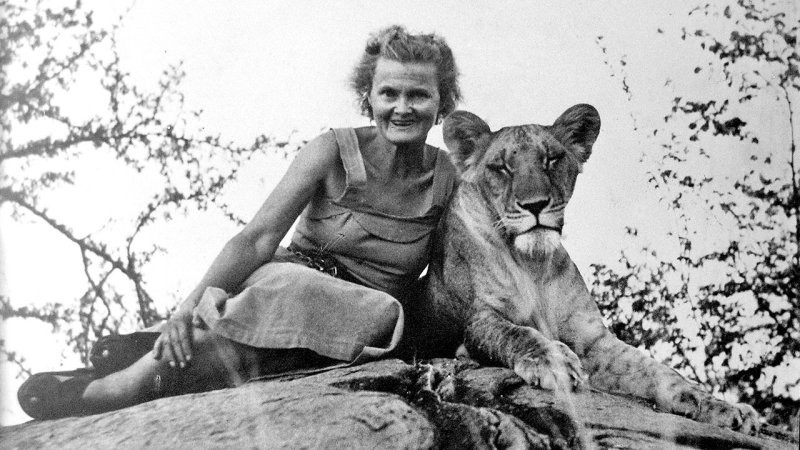
Nine years later, George was killed by poachers.
But the business started by the Adamson spouses is still alive: people who have read Joy’s books and want to help preserve wild animals still come to Kenya. They are inspired by her story, the books through which she was able to convey her boundless love and pass it on to millions.
